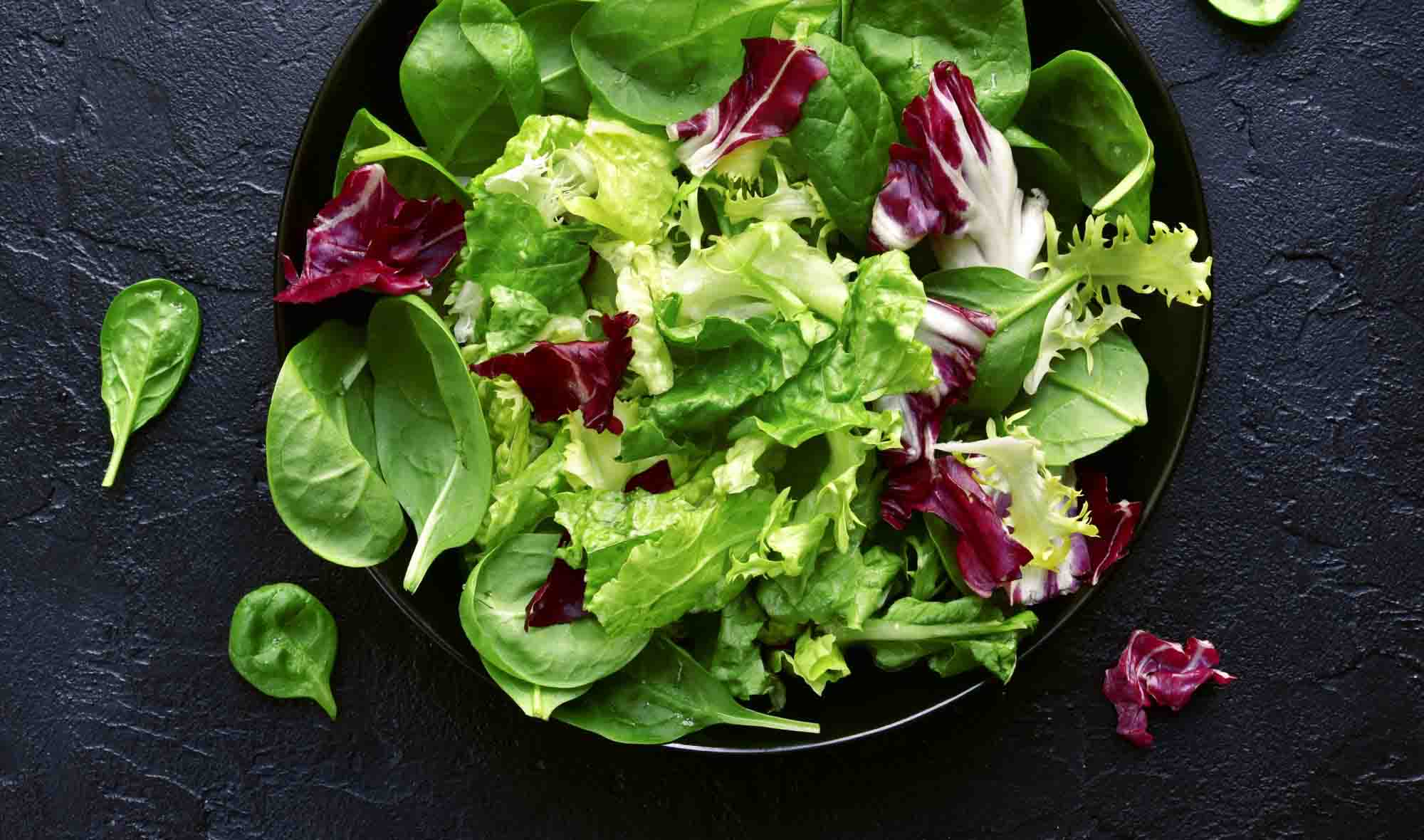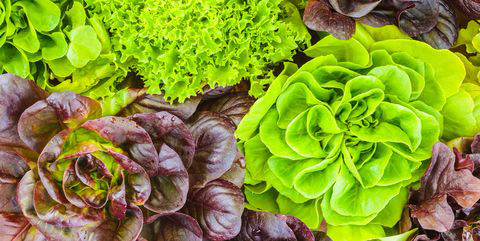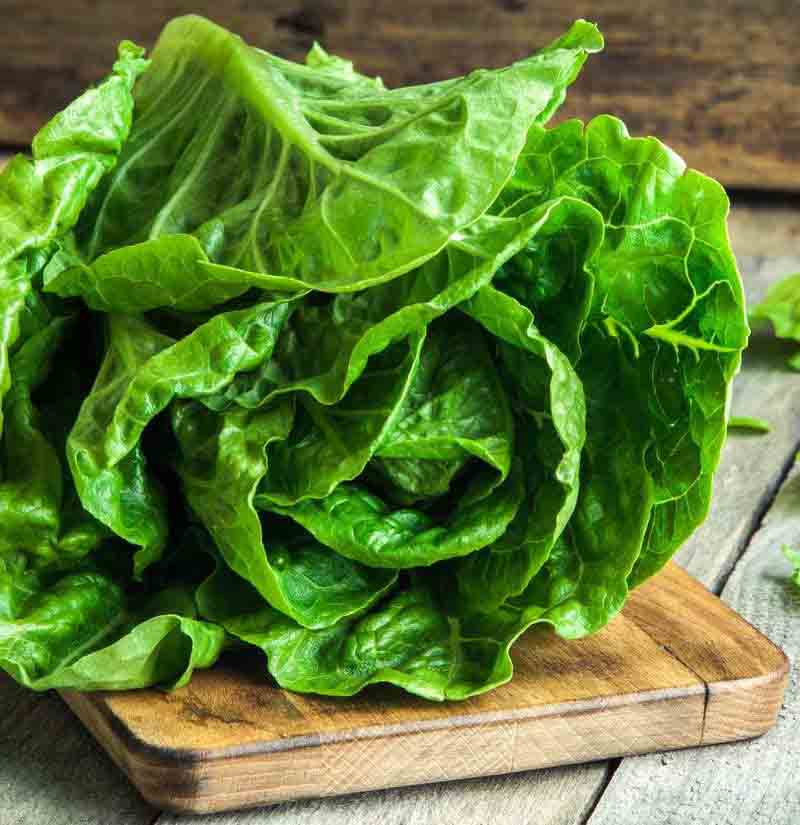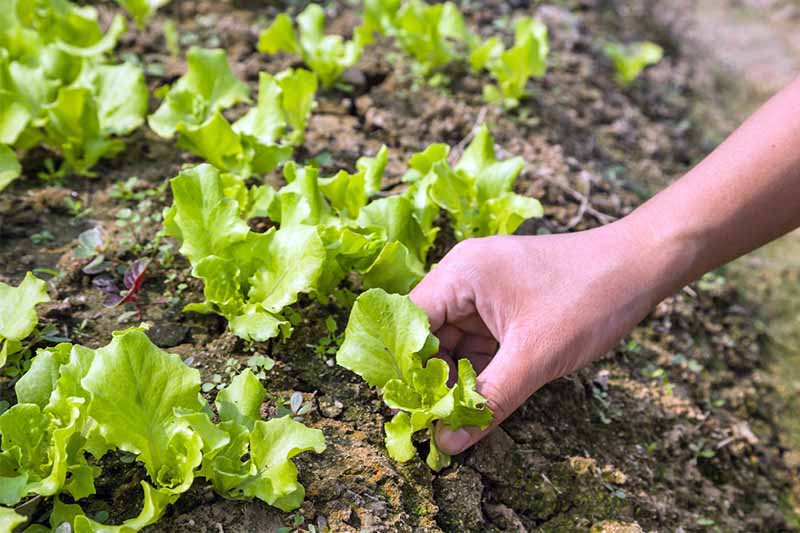Lettuce Profile
Written by Joy
Nov 06 2020

Lettuce is the common name for leaf lettuce, also known as gooseberry, markchai, lettuce, and belongs to the genus Compositae. It is an annual or biennial herbaceous crop. The leaves are obovate and densely packed into cabbage-like leaf balls. They can be eaten raw, crisp and refreshing, and slightly sweet.
Lettuce morphological characteristicsLettuce growth habit and growing environment and distributionLettuce efficacy and roleThe medicinal value of lettuceHealth valueEdible value of lettuceLettuce cultivationSelective seedingPrepare the seedbedSowing seedlingsScientific fertilizationPlanting carefully
Lettuce is native to the Mediterranean coast of Europe and is domesticated from wild species. The ancient Greeks and Romans were the first to eat it.Lettuce has a long history of being introduced to China. It has been cultivated more in the southeast coast, especially in the suburbs of large cities and Guangdong and Guangxi.
Lettuce morphological characteristics
Lettuce has upright stems, solitary, upper paniculate inflorescence branches, all stems and branches are white. The basal leaves and lower stems are large, not divided, oblanceolate, elliptic or elliptic oblanceolate, 6-15 cm long and 1.5-6.5 cm wide, with sharp, short acuminate or round tips. No stalk, basal heart-shaped or arrow-shaped half-bloom, wavy or serrated at the edge, gradually smaller upwards, same shape or lanceolate with basal leaves and lower stems and leaves, panicle branches and lower leaves and panicles The leaves on the branch are extremely small, ovate-heart-shaped, sessile, heart-shaped or arrow-shaped at the base, with entire edges, and all leaves of lettuce are glabrous on both sides.
Lettuce growth habit and growing environment and distribution
Lettuce likes a cold environment. It is neither cold-resistant nor heat-resistant. The suitable temperature for growth is 15°C-20°C, and the growth period is 90-100 days. Lettuce seeds are more resistant to low temperatures and can germinate at 4°C. The suitable temperature for germination is 18-22℃, and there is almost no germination when it is higher than 30℃.During the growth period of lettuce plants, they like cold climates. It is most suitable for growth at 15-20°C, with high yield and good quality; continuously above 25°C, the growth is poor, the leaves are coarse and old, and slightly bitter. However, it is also very resistant to cold, and even short-term sub-zero temperatures at 0°C have no major impact on growth.

The suitable soil pH value of lettuce is 5.8-6.6.
The origin is on the Mediterranean coast of Europe and is widely cultivated throughout China.
Lettuce efficacy and role
The medicinal value of lettuce
Lettuce is sweet and cool in nature. Because its stems and leaves contain lettuce, it tastes slightly bitter. It has the effects of clearing heat and refreshing, analgesic and hypnotic, lowering cholesterol, and auxiliary treatment of neurasthenia. Lettuce contains effective ingredients such as mannitol, which have the effects of diuresis, promoting blood circulation, clearing the liver and promoting choleretics and nourishing the stomach.Health value
Lettuce contains interferon inducers, which can stimulate normal human cells to produce interferon, resist viruses, and improve human immunity.Lettuce contains a substance called protocatechuic acid, which has a significant inhibitory effect on cancer cells, especially in resisting gastric cancer, liver cancer, colorectal cancer and other digestive system cancers.
Vitamin E and carotene in lettuce can protect eyes, maintain normal eyesight, and relieve dryness and fatigue of eyes.
Lettuce is rich in vitamin C and has a certain whitening effect.

Edible value of lettuce
Lettuce is rich in nutrients, containing a lot of beta carotene, antioxidants, vitamin B1, B6, vitamin E, vitamin C, as well as a large amount of dietary fiber and trace elements such as magnesium, phosphorus, calcium and a small amount of iron, copper, and zinc. Strengthen the digestion and absorption of protein and fat, and improve the blood circulation of the stomach and intestines. You can often eat lettuce.Lettuce cultivation
Selective seeding
Choose suitable varieties according to your needs, such as glass lettuce, emperor, Caesar, head lettuce, flower leaf lettuce, Dahu 659 and so on.Prepare the seedbed
Lettuce seedlings should be fertile sandy loam with good water retention and fertility retention. Bed soil preparation: 10 kg of decomposed organic fertilizer, 0.3 kg of ammonium sulfate, 0.5 kg of superphosphate, and 0.2 kg of potassium sulfate for a 10-square-meter seedbed, thoroughly mix and evenly spread the rake, pour some water, and sow after water seepage.Sowing seedlings

Scientific fertilization
Lettuce requires a clay loam rich in organic matter, strong water and fertility retention, lettuce likes slightly acidic, and the soil pH is 5-7. For every 1,000 kg of lettuce produced, 2.5 kg of nitrogen, 1.2 kg of phosphorus and 4.5 kg of potassium are needed. The headed lettuce requires more potassium. The growth period requires the use of nitrogen, phosphorus, and potassium fertilizers. The plots for planting lettuce should be deeply cultivated and cultivated carefully. Before planting, apply sufficient base fertilizer, apply 3000-3500 kg of decomposed farmyard manure per mu, turn it deeply after application, and pour the bottom water until it is dry.Planting carefully

Latest Updated
- Benefits of Bugleweed - 7 Science-backed Health Benefits
- Bugleweed Dangers & Side Effects - Is It Poisonous?
- How to Plant Evergreen Trees - What You Should Know
- When to Plant Evergreens - Grow Guide for Evergreen Trees
- 12 Wonderful Evergreen Shrubs for Your Garden
- 12 Popular Evergreen Plants with Pictures for Beginners
- When And How To Prune A Lilac Bush Like a Pro
- How to Grow & Care for Lilac Vine (Hardenbergia Violacea)
- Japanese Lilac Tree (Syringa Reticulata) Care & Propagation Guide
- Shumard Oak Pros and Cons - What to Know
Popular Articles
- Winter maintenance of Antirrhinum Majus
- How to Grow Terminalia Mantaly Tree
- How to Grow and Care for Crossostephium Chinense
- How to grow Antirrhinum Majus in spring
- Peristeria Elata (Dove Orchid) Profile: Info & Care Guide
- Underwatered Snake Plant (Sansevieria Trifasciata) - Signs And How To Fix
- How to Care for Brazilian Jasmine Plant (Mandevilla Sanderi)
- How to Grow & Care for Graptopetalum Purple Delight in Summer
- Rosa Chinensis (China Rose): Plant Growing & Care Tips
- How to Care for Baby Sun Rose (Aptenia Cordifolia)